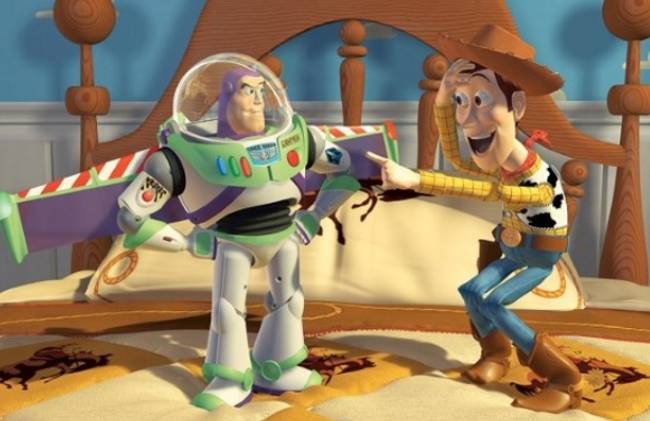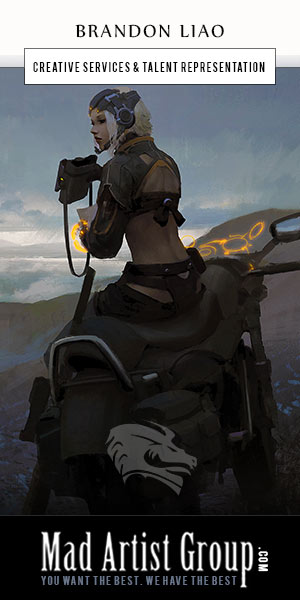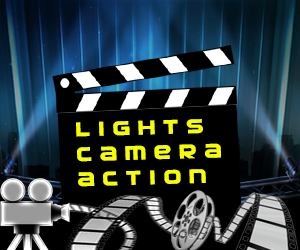Computer animation in general is a visual digital display technology that manipulates and moves images on a screen. For laymen, it is the art and power to use computers to provide existence, energy and emotion to non-living, inanimate beings. Computer animation is available in all types of computer graphics in the form of video and film.
The main concept of computer animation is to play a certain image quickly in order to deceive the viewer that the image is in constant motion. Using computer animation, dead images can be brought back to life.
In other words, digital animation is a branch of computer graphics and animation, but only a tiny part of it. Since most sets and environments are produced with VFX animations, it is a large part of the film industry. Animation can be seen in a wide range of films, plays, games, education, e-commerce and computer art training. It can be used in a very broad context.
The first animated film entitled Humorous Processes and Funny Faces was released in 1906. Gertie the educated dinosaur was produced as an animated film in 1909. In 1913, the animated series Felix the Cat and Old Doc the Yak was produced.
In 1923, an animated film called Alice in Wonderland was released. The first feature-length animated film, Prinz Achmed, was released in 1926.
In the 1970s, the first analog video synthesizer, the Scanimate, was produced. The VFX animated film Jurassic Park was released in 1993. Disney’s first computer animated film, Pixar’s Toy Story, was released in 1995. In 2003, digital cinematography was used in The Matrix Reloaded and The Matrix Revolution.
Picture by picture, the traditional animation method is carried out by hand, since there are no computer-aided drawing possibilities. Every second of an animation requires 24 frames to process, so a considerable amount of effort is required to create a short video.
Animators develop and define the initial processing rules and procedures according to which the simulation is carried out. The laws and procedures are based on the physical principles of the real world and are defined by mathematical equations. When animating an object, procedural methods are used as a set of rules. Each figure or object specifies and determines its own behaviour and the extent to which methods and techniques are allowed to adapt it, leaving the animator free to determine every aspect of its movement.
Key framing is a computer animation in which every image we illustrate changes the animation. Key framing requires the use of a storyboard, and in the storyboard the animator (or artist) draws the mainframe frames from which important adjustments are made to the animations. The animator sets the figure or object at key positions, and key framing fills in the missing frames on the computer.
The ease with which human actions and gestures can be captured makes motion capture common among animators. This animation technique uses live action footage of a living human figure taken by a computer with a video camera as a marker. This can be used to apply animated living human characters to give the viewer the impression that the figure is real.











